Creating a Multi-Region Application with AWS Services – Part 1, Compute and Security
AWS Disaster Recovery
DECEMBER 8, 2021
In this 3-part blog series, we’ll explore AWS services with features to assist you in building multi-Region applications. In Part 1, we’ll build a foundation with AWS security, networking, and compute services. AWS Regions are built with multiple isolated and physically separate Availability Zones (AZs).

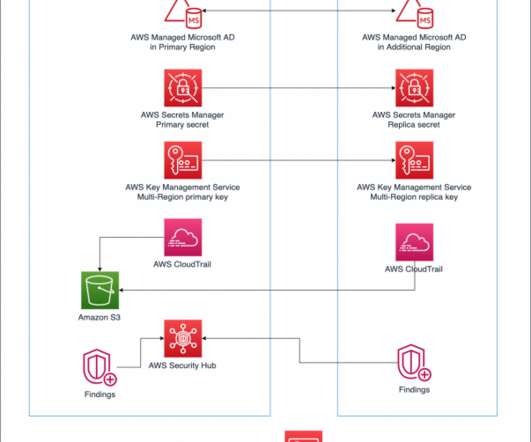

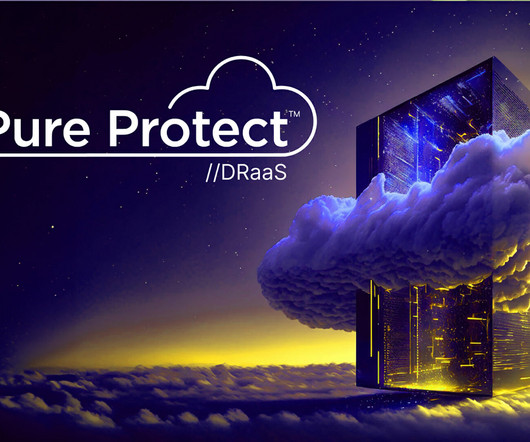
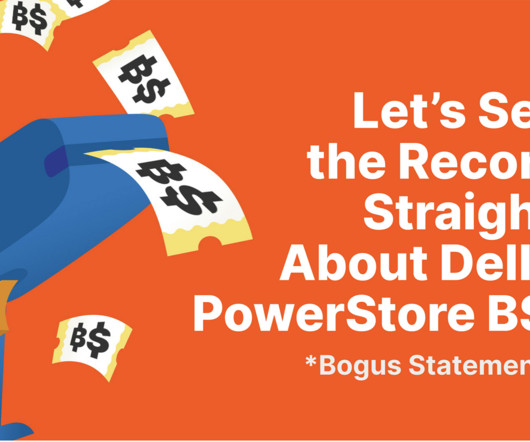

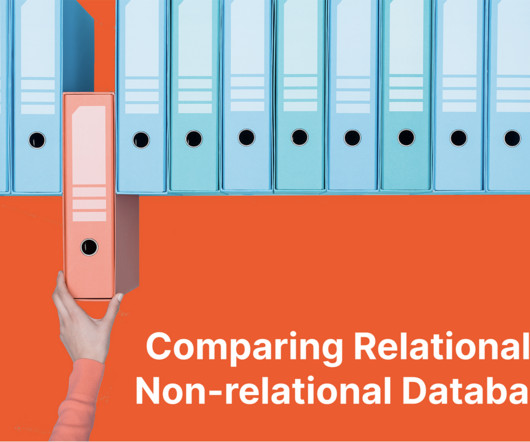
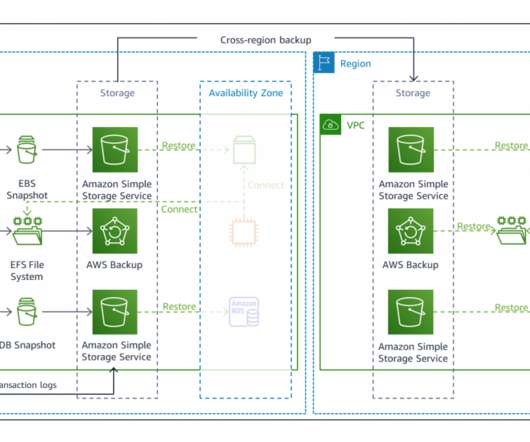







Let's personalize your content